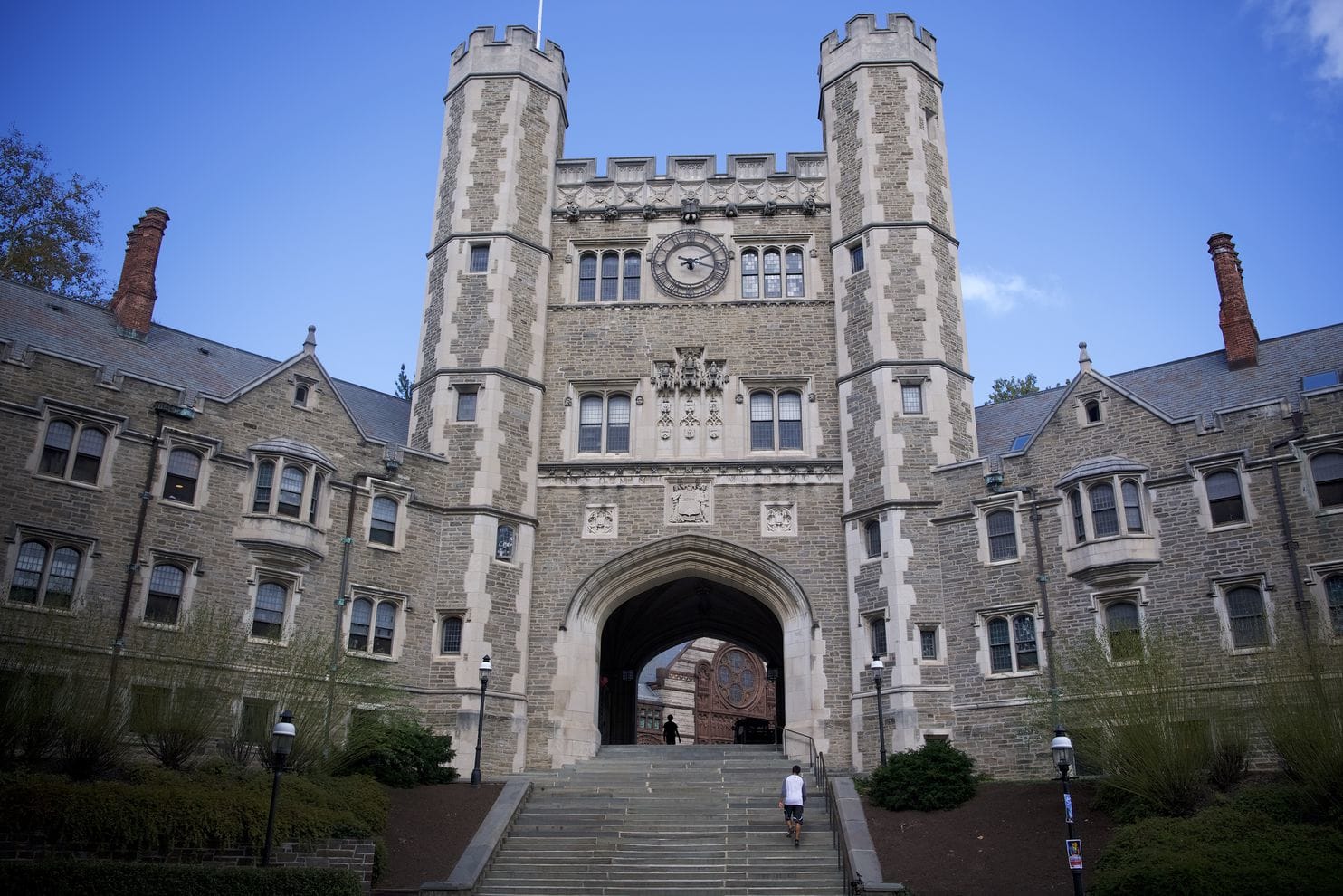
U.S. News & World Report overhauled its college-ranking formula this year, putting more emphasis on social mobility and less on exclusivity in admissions, a change that scrambled its annual lists of top colleges and universities released Monday.
Two schools continued their long runs atop the rankings: Princeton University was the No. 1 national university for the eighth straight year, and Williams College was the top liberal arts school for the 16th straight year.
National universities put a major focus on research and award bachelor’s, master’s and doctoral degrees. Liberal arts colleges are centered on undergraduate education.
To rank schools, U.S. News collects and analyzes data from reputational surveys along with information about graduation rates, faculty resources, student academic credentials, alumni giving and other factors. Critics have long said the formula relies too much on prestige and wealth, and not enough on the value schools add to society.
Other publications have jumped into the rankings business, but U.S. News remains a leader in the field. College presidents, trustees, alumni, faculty members and students closely track annual ups and downs on U.S. News lists. Often, it’s just about bragging rights. But in academia, hierarchies determined by rankings can shape the market for faculty and students.
This year, U.S. News dropped admission rates from the formula — a move that helps schools that are not ultra-selective — and added data on graduation rates for students in financial need who receive federal Pell Grants.
“A university is not successful if it does not graduate its students, which is why the Best Colleges rankings place the greatest value on outcomes, including graduation and retention rates,” said Robert Morse, chief data strategist at U.S. News. “By including social mobility indicators, U.S. News is further recognizing colleges that serve all of their students, regardless of economic status.”
On both lists, the top 20 featured many names familiar from years past.
Harvard University ranked second on the national university list, followed by four schools tied for third: Columbia and Yale universities, the University of Chicago and the Massachusetts Institute of Technology.
On the liberal arts list, Amherst College ranked second, Swarthmore and Wellesley colleges tied for third, and Bowdoin, Carleton, Middlebury and Pomona colleges tied for fifth.
But the new methodology yielded significant ferment.
The University of California at Los Angeles ranked 19th, placing it ahead of the state flagship campus, Berkeley (22nd), for the first time. The University of California at Santa Barbara moved up seven places, tying for 30th with New York University and the University of North Carolina at Chapel Hill.
The two national universities in the top 100 this year that moved up the most were the University of California at Riverside and Howard University, a prominent historically black institution in the nation’s capital. Both serve high numbers of disadvantaged students. At UC-Riverside, the Pell share of undergraduates is more than half, and at Howard it is nearly half.
UC-Riverside jumped 39 places on the U.S. News list to 85th, tied with Michigan State University and the University of San Diego.
Howard climbed 21 places to 89th.
“It will take time to reverse decades of deference to traditional assumptions of institutional quality,” Kim A. Wilcox, chancellor of UC-Riverside, said in a statement. “I’m heartened that more university ranking systems are beginning to recognize diversity, social mobility, and student success as hallmarks of a what make a great university — as opposed to exclusivity and wealth as primary measures.”
Five years ago, Howard ranked 142nd. The jump into the top 100 is a boost for a university that has drawn federal scrutiny of its cash flow because of concerns about lapses in management of financial aid.
Howard President Wayne A.I. Frederick called the higher ranking “a proud moment for all of us.”
Frederick said it validates the university’s push to improve student retention and graduation rates. The four-year graduation rate recently surpassed 50 percent, he said, a significant rise. The ranking “says a lot about what we’ve been doing and the journey we’ve embarked on,” he said, “which is steady progress and focusing on student outcomes.”
As some universities climbed, others dropped back. Three well-known D.C. schools fell on the list: Georgetown University two spots, to 22nd; George Washington University seven spots, to 63rd; and American University nine spots, to 78th.
Among universities in Maryland and Virginia, Johns Hopkins in Baltimore edged up one spot, to 10th nationally. The University of Virginia ranked 25th, unchanged, and the College of William & Mary was 38th, down six. The University of Maryland at College Park fell two slots, tying with GWU at 63rd. Virginia Tech ranked 76th, down seven.


